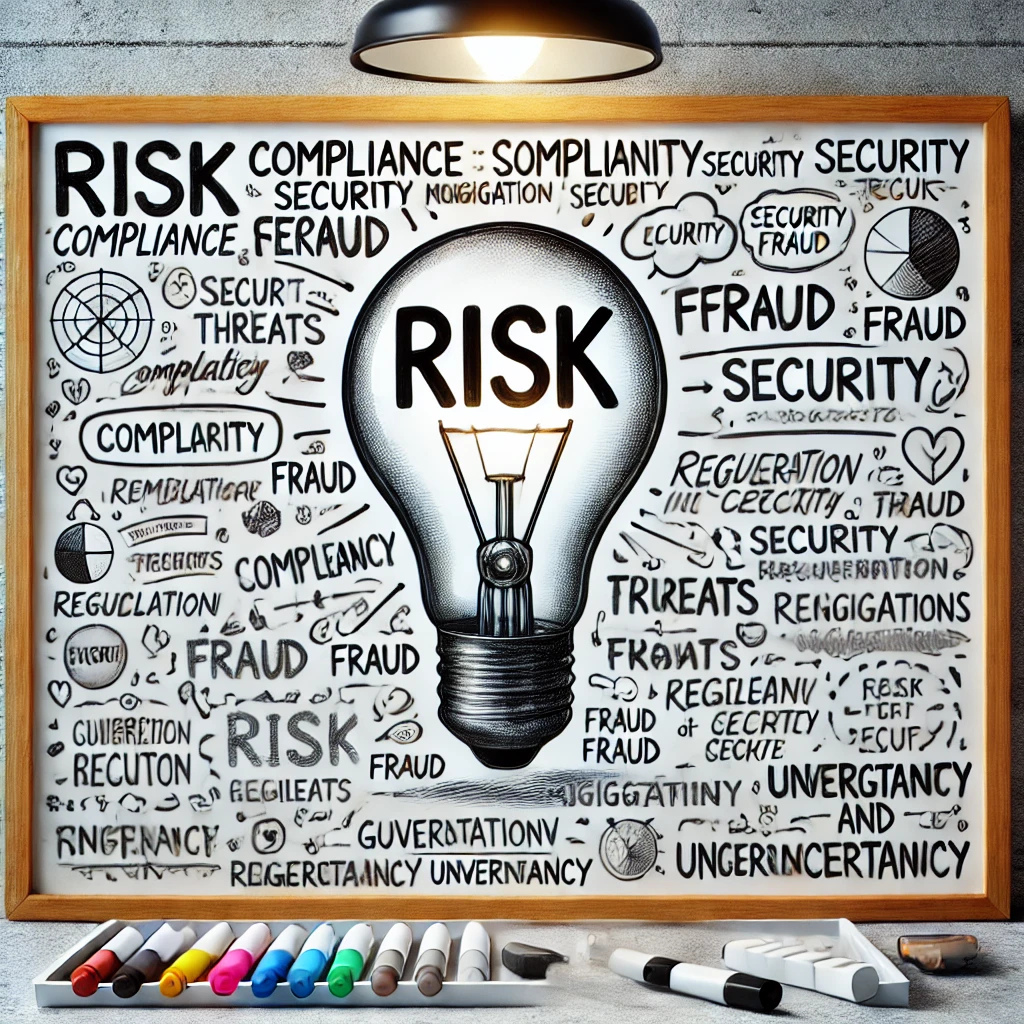Aligning governance, risk, and compliance with business objectives enhances resilience and success.
In today’s fast-paced business environment, organizations face increasing complexity due to evolving regulations, cyber threats, and market uncertainties. Governance, Risk, and Compliance (GRC) has emerged as a strategic framework that helps businesses navigate these challenges while ensuring alignment with corporate objectives. When GRC is effectively integrated into business strategy, it safeguards an organization from potential pitfalls, enhances resilience, and drives sustainable success.
Understanding GRC: A Holistic Framework
GRC encompasses three critical components that collectively support an organization’s ability to operate efficiently and ethically:
1. Governance
Governance involves the systems, policies, and procedures that guide decision-making within an organization. Effective governance ensures that an organization adheres to its mission, maintains transparency, and is accountable to stakeholders. Governance also includes the structure and oversight mechanisms that define responsibilities across leadership teams, ensuring alignment with business objectives and ethical standards.
Strong governance fosters trust among employees, investors, and customers by promoting accountability and integrity. It involves clear communication of organizational goals, regular audits, and performance evaluations to ensure compliance with legal and regulatory requirements. Additionally, governance frameworks support long-term strategic planning, risk mitigation, and ethical business conduct.

2. Risk Management
Risk management is the process of identifying, analyzing, and mitigating threats that could negatively impact an organization. These risks can range from financial and operational risks to cybersecurity threats, regulatory changes, and reputational damage. Organizations must develop a structured approach to risk assessment by continuously monitoring potential threats and implementing mitigation strategies.
Effective risk management integrates risk assessment into decision-making processes, ensuring potential disruptions are addressed before escalating. This includes deploying risk management software, conducting scenario analysis, and maintaining contingency plans. Additionally, organizations should foster a risk-aware culture where employees are trained to proactively recognize and respond to risks.
3. Compliance
Compliance ensures that an organization meets legal, regulatory, and internal policy requirements. A strong compliance program reduces the risk of legal penalties, financial losses, and reputational damage. Compliance frameworks encompass various aspects, including data protection laws, industry-specific regulations, and corporate ethics policies.
An effective compliance strategy involves continuous monitoring of regulatory updates, employee training programs, and policy enforcement that aligns with legal requirements. Companies should leverage compliance management tools to track regulatory changes and automate reporting processes. A culture of compliance enhances operational integrity, fosters customer trust, and safeguards against unethical business practices.
The Importance of Aligning GRC with Business Strategy
Integrating GRC into business strategy ensures that governance structures, risk management practices, and compliance efforts are aligned with corporate goals. Below are the key benefits of this alignment:
Enhanced Decision-Making
By embedding GRC principles into business strategy, organizations gain a comprehensive view of risks and regulatory requirements. This allows for informed decision-making that aligns with long-term goals.
Increased Resilience to Risks
A proactive approach to risk management enables organizations to anticipate and mitigate risks before they escalate into crises. This strengthens operational resilience and ensures business continuity.
Strengthened Corporate Reputation
Businesses prioritizing governance and compliance build trust among investors, customers, and regulators. Ethical operations and regulatory adherence reinforce brand credibility and stakeholder confidence.
Regulatory Compliance and Competitive Advantage
Compliance with legal and regulatory requirements is not just about avoiding penalties—it also provides a competitive edge. Companies that operate transparently and adhere to industry standards are more likely to attract investors and partners.
Implementing an Effective GRC Strategy
To successfully integrate GRC into business strategy, organizations should follow a structured approach:
Develop a Unified GRC Framework
Organizations should create a centralized GRC strategy that aligns with their mission, vision, and long-term objectives. This involves establishing clear policies and assigning roles and responsibilities.
Leverage Technology for GRC Integration
Modern GRC solutions, such as AI-driven risk analytics and automated compliance monitoring, streamline processes and enhance departmental visibility.
Foster a Culture of Compliance and Risk Awareness
Embedding GRC principles into company culture requires leadership commitment and employee engagement. Regular training and clear communication of GRC policies ensure organization-wide adherence.
Continuous Monitoring and Improvement
GRC is not a one-time initiative but an ongoing process. Organizations must continuously assess their risk landscape, update compliance policies, and refine governance structures to adapt to emerging challenges.
Conclusion
Aligning governance, risk, and compliance with business strategy is imperative for modern organizations. By embedding GRC principles into decision-making, companies enhance their resilience, protect their reputation, and gain a competitive edge. Businesses that proactively manage risks and uphold compliance standards position themselves for long-term success in an increasingly complex world.
Organizations can confidently navigate uncertainty by implementing a structured GRC framework, ensuring sustainable growth and operational excellence.

